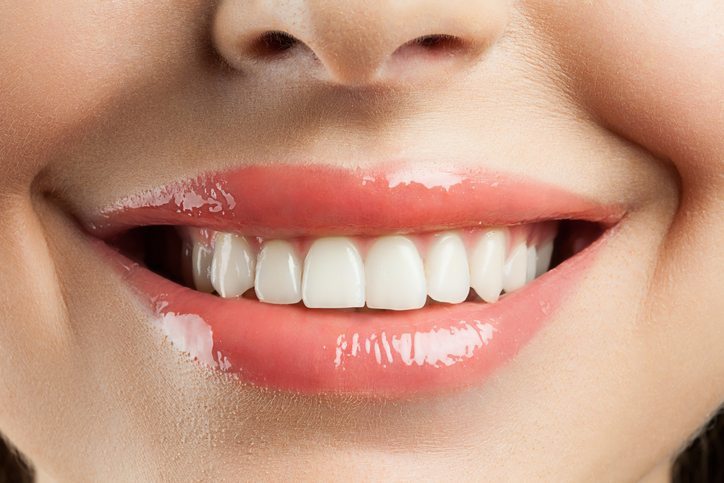Taking a Cue From Nature

Unavoidable vibrations, such as when riding on a train or in a plane, cause rigid structures to age and crack. If our teeth were made from such rigid material, you’d probably have to visit your Seaside family dentist more often. Taking a trip on plane, train, or even riding in a car over bump terrain might cause our teeth to crack if it wasn’t for the natural elasticity of tooth enamel. In fact, enamel has such remarkably resilient nature that researchers from the University of Michigan have started to look at tooth enamel for inspiration in designing equipment – such as flight computers – that effectively withstand naturally occurring vibrations.
Taking a Cue from Nature
The majority of materials that can successfully absorb vibrations are soft, which makes them a poor choice for building structural components such as motherboards, beams, and chassis. For inspiration on how to make hard material capable of withstanding repeated shocks, researchers took inspiration from nature.
The development of artificial enamel has already proved more successful at dampening vibrations than many other experimental and commercial materials. Not only is artificial enamel lighter and more effective, researchers also believe it could be cheaper as well.
Researchers involved in the study didn’t immediately look at tooth enamel as the answer to their vibration problem. They first looked at a variety of structures found in nature that had the ability to withstand the impact of shocks such as carapaces, shells, bones, and teeth. These living structures change from species to species over millions of years.
Tooth enamel, however, was unique. When viewed under an electron microscope, enamel actually shares a very similar structure regardless if from the mouth of a T-Rex, a walrus, or your friendly Seaside family dentist. This peaked the team’s curiosity. What about enamel allowed it to remain virtually unchanged across different species for millions of years while other basic components of anatomy evolved?
In the case of enamel, evolution had already found the perfect design that worked for any species with teeth. And unlike bone, which can break and repair, enamel must last for years, decades, or a lifetime, depending on the species. Tooth enamel must withstand general vibrations and repeated stresses from actions like chewing without cracking.
Enamel is structured from columns of ceramic crystals infiltrated with a matrix of proteins, set into a durable protective coating. This layer is sometimes repeated, which is why your molars are bigger and thicker than say your incisors.
So why is enamel so effective at absorbing vibrations? The stiff nanoscale columns bending under stress from outside forces create a lot of friction with the softer polymer surrounding them within the enamel. The larger contact area between the protein and ceramic components further increases the dissipation of energy that might otherwise cause damage to the structure of a tooth, according to researchers.
Designed for Resiliency
Researchers began the process of recreating the structure of tooth enamel by growing zinc oxide nanowires on a chip. They then layered two polymers over the nanowire, spinning the chip to spread out the liquid before curing the plastic coating in-between.
It took more than 40 layers to build up a single micrometer, ore one thousandth of a millimeter, of enamel-like structure. Next, researchers laid down an additional layer of zinc oxide nanowire and filled it with 40 layers of polymer, repeating the entire process as many as 20 times.
Researchers were able to then demonstrate the synthetic tooth enamel’s ability to absorb vibration was comparable to that of natural enamel. Computer modeling of the synthetic enamel confirmed that the structure was able to successfully spread out the force from vibrations throughout the internal matrix of the columns and polymer.
Researchers hope that with further testing, this new enamel-like polymer will play a future role in the protection of electronics and structures.
